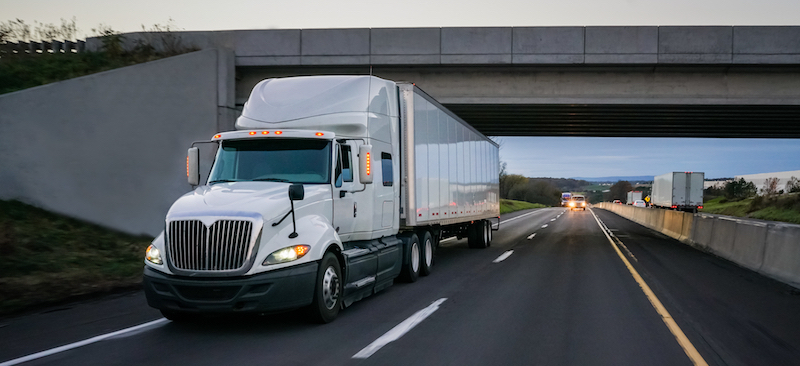What You Need to Know About Fleet Productivity
Unfortunately, downtime is inevitable when it comes to fleet vehicles whether it’s breakdowns or collisions. When a vehicle is out of service it causes a domino effect; your operations stall, customers become dissatisfied, and your revenue takes a hit. If your company uses a fleet, unplanned and unexpected downtime is not an option. Here is what you need to know about fleet productivity and how to maximize it.
Manage Downtime
Most people associate downtime with maintenance issues and accidents. However, they are many factors that may keep your vehicle out of commission. Some factors are avoidable while other are not like bad weather, vehicle booting, licenses and traffic. Some costs can be immediate, while others affect the budget in the long run. Some expenses caused by downtime can include towing and roadside emergency repair.
When your vehicles are not operating as expected, you won’t be able to transport your experts and tools accordingly, and you will be forced to cancel or reschedule appointments. In the long term, unhappy clients may opt to work with a rival company. Below are tips to help you minimize downtime.
Choose the Right Vehicles
The vehicles you pick for your fleet will determine your fleet productivity. Select vehicles that are specifically built for accomplishing your particular job and avoid overtaxing them; this can lead to issues like wear and tear and increase the need for repairs. If your job involves transporting heavy objects, you will need a vehicle that can handle the cargo. It’s also recommended you pick newer vehicles with the latest technology that reduce maintenance and alert you when problems arise.
Perform Inspections and Maintenance
Fleet inspections are the key to discovering and fixing minor problems before they turn into major ones. Your company should have a fleet inspection program to ensure every vehicle is in good shape; this is not only beneficial but required by law. To reduce downtime, when performing regular maintenance schedule it during off-hours. This will ensure your vehicle isn’t in the auto shop when it should be working in the field.
Minimize Shop Time
The less time your vehicle spends in the repair shop, the more productive your fleet will be. Streamline your maintenance and repair process by scheduling in advance, checking beforehand if parts are available, and working with facilities that utilize the latest technology.
Promote Staff Accountability
Drivers should be accountable for the vehicles they drive. Downtime is significantly reduced when drivers care for the vehicles by properly inspecting them before heading out, observing traffic rules, and taking the vehicle to the auto shop on time. You can start a program to reward your most responsible drivers.
Bottom Line for Increasing Fleet Productivity
If your fleet vehicles come to a standstill so will your business. To minimize downtime and maximize fleet productivity, make sure you lease the right vehicles, perform frequent inspections and maintenance, and promote employee accountability.
To find out more about how our fleet management services can benefit your company, please contact us online or call (877) 914-7973.








